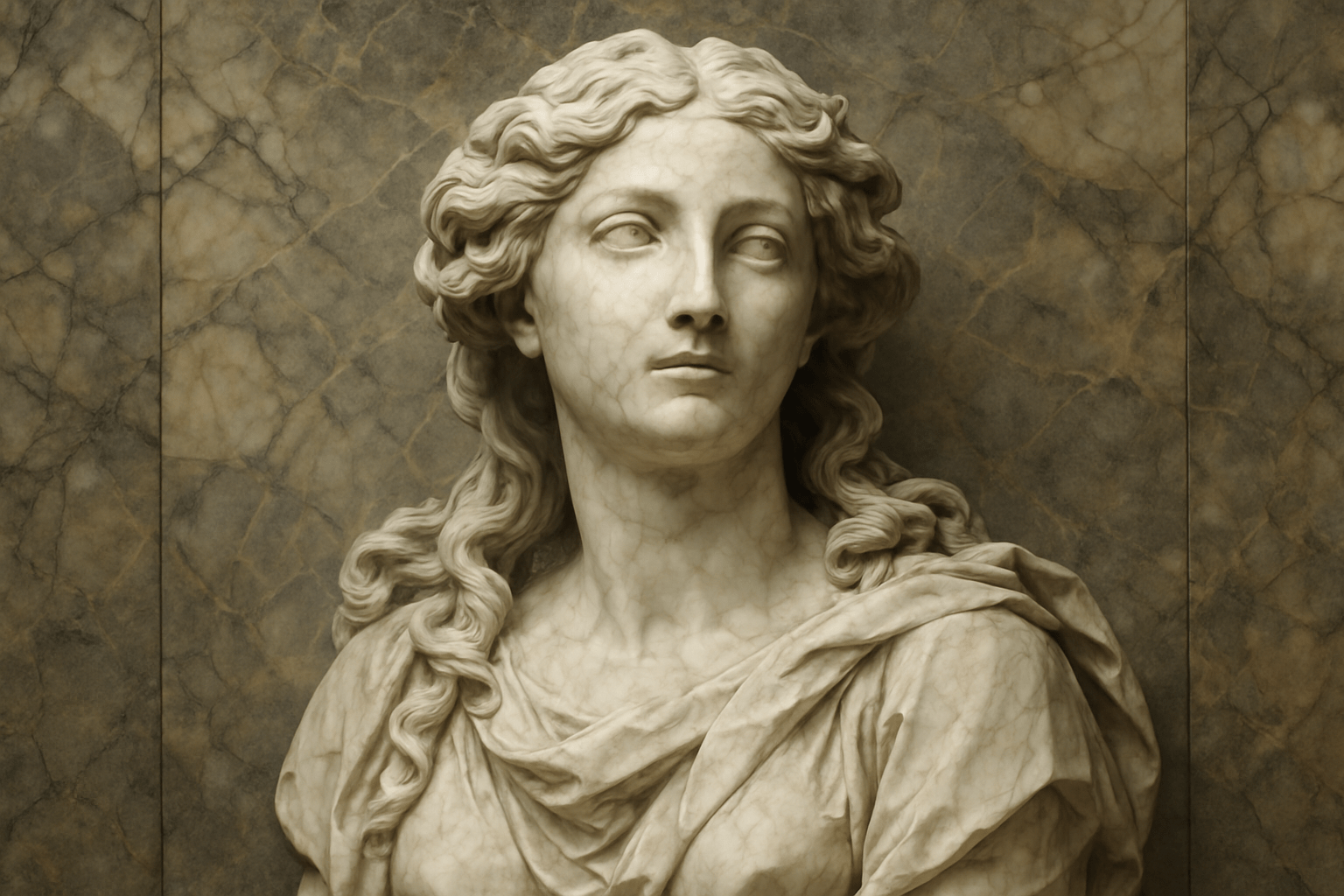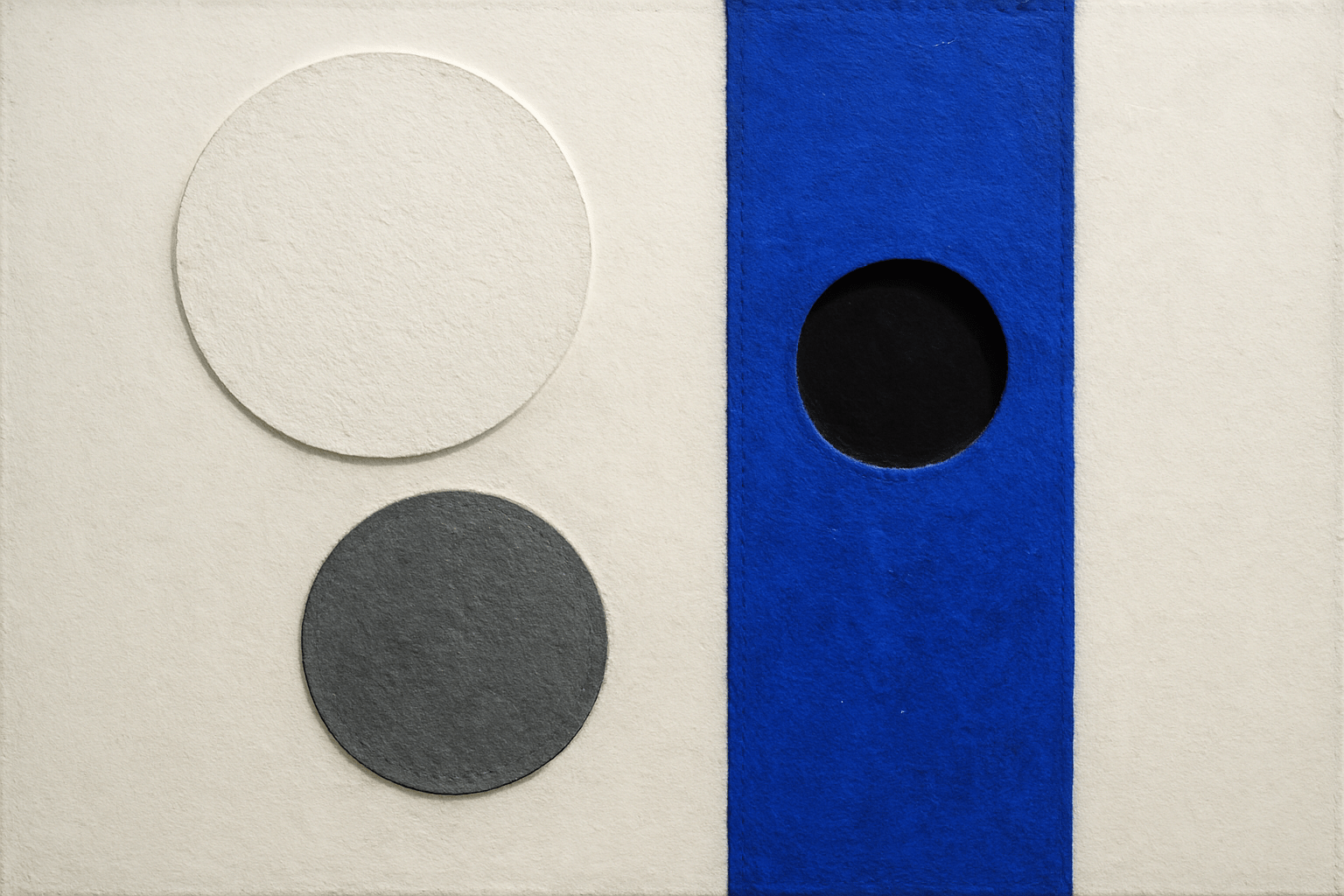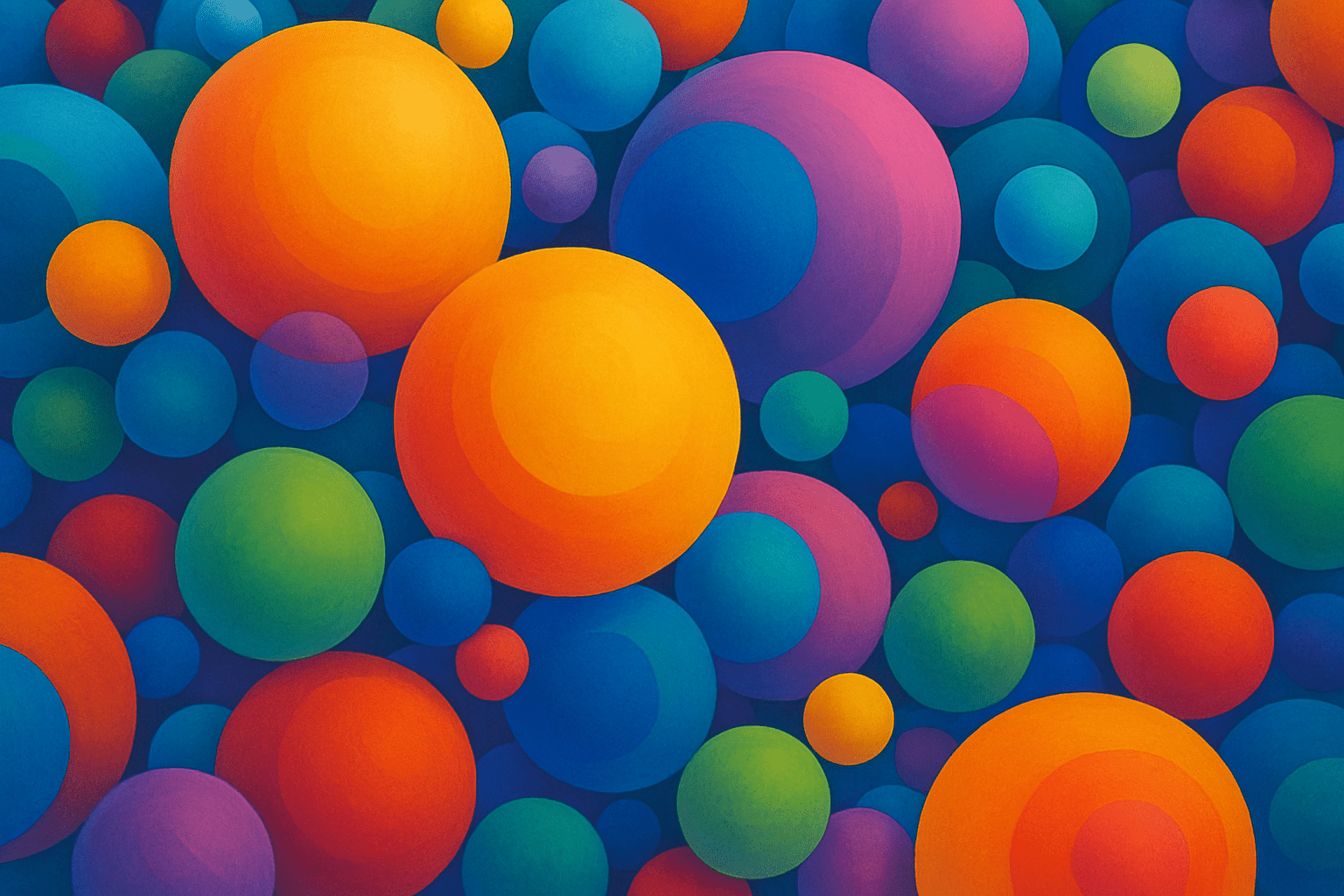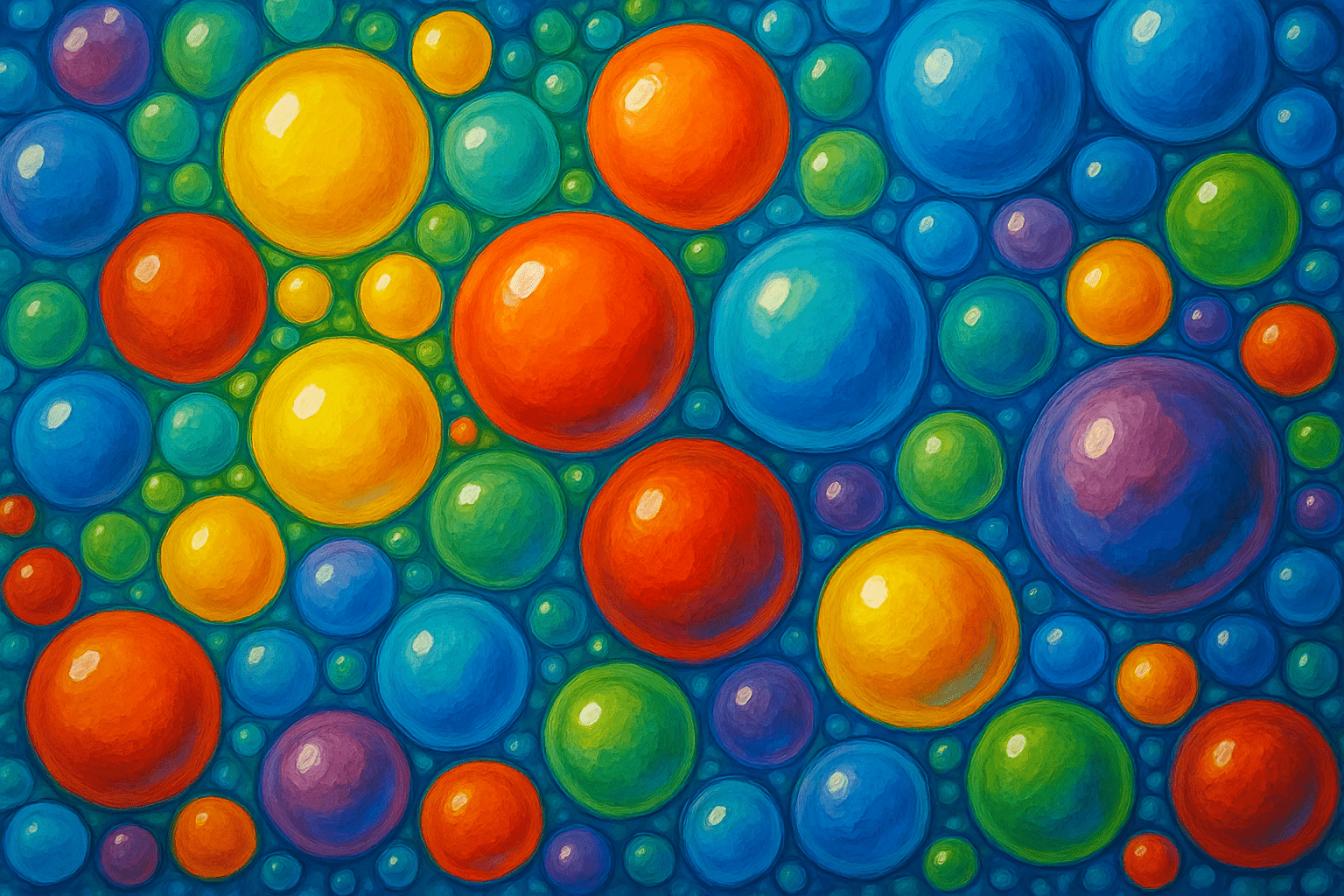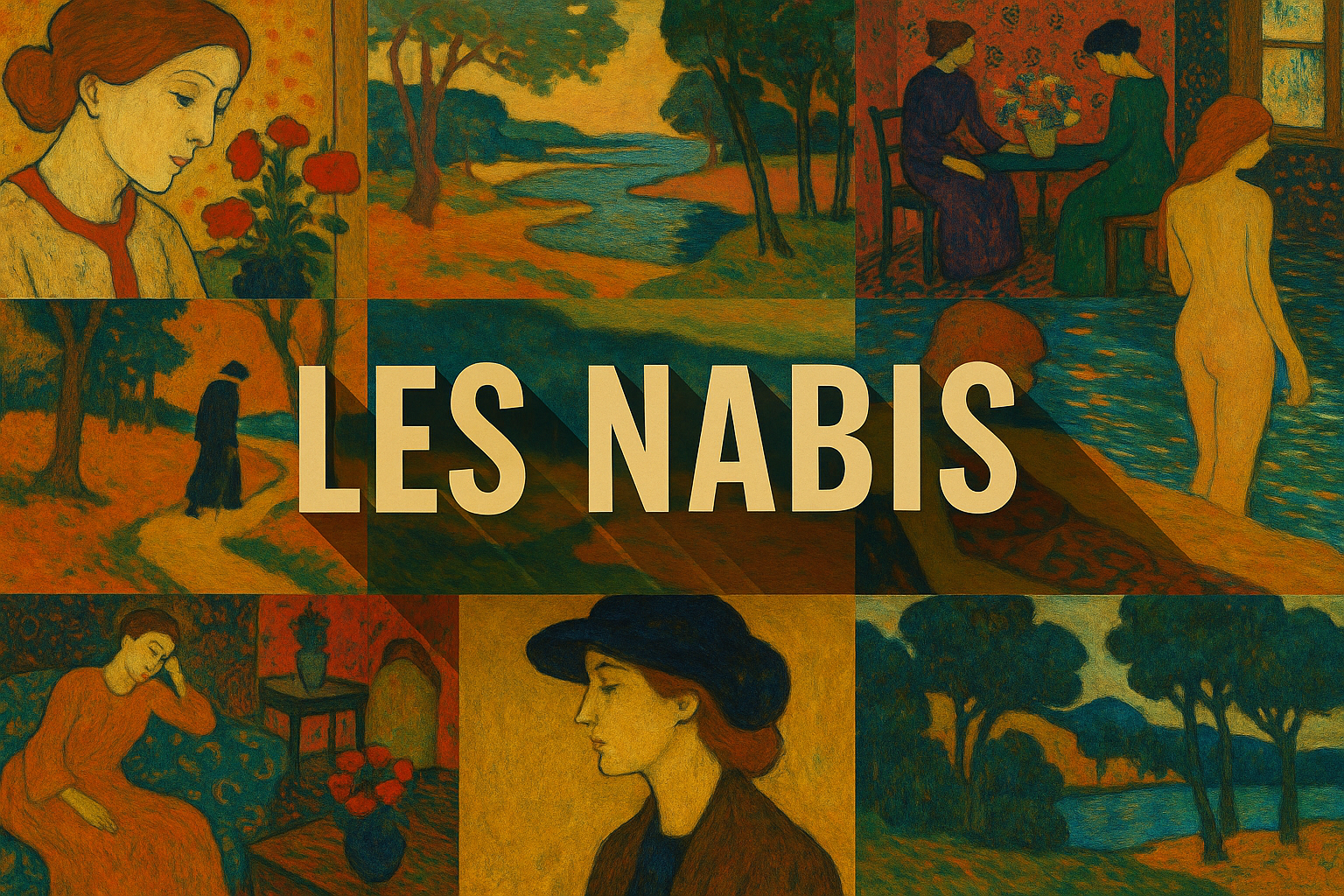
Les Nabis
The Les Nabis art style is characterized by flat, decorative surfaces with bold colors and patterns. The overall effect is often one of simplicity and harmony.
AOI thinking about Les Nabis [+_~]-/
Overview and Quickfacts
The Les Nabis were a group of young artists who banded together in the late 1880s in Paris. Their name, which means “the prophets” in Hebrew, was taken from a verse in the Old Testament. The Les Nabis artists were united in their desire to break away from the traditional art academies and to create a new type of art that would be more expressive and emotional. They were influenced by the work of Paul CÃÂézanne, Edgar Degas, Vincent van Gogh, and Paul Gauguin. The Les Nabis artists often worked in a style that was characterized by bold colors and simplified forms. They were also interested in experimenting with new techniques, such as using collage and decoupage.
Can understand it also, as:
The Nabis were a group of Post-Impressionist avant-garde artists who set out to revive the spirit of the Middle Ages and the Renaissance.
Categorize it as:
Impressionism, Modernism
.: Dreaming :.
holds a HAIKU for the art style
:. Thought is power .:
Detailed Description
In 1888, a group of young artists in Paris formed an artistic movement called Les Nabis. These artists were interested in creating art that would have a decorative, dreamlike quality. They were influenced by the work of Paul Gauguin and Japanese woodblock prints. The Nabis were a close-knit group of friends who met regularly to discuss art and ideas. They included Pierre Bonnard, ÃÂÃÂdouard Vuillard, Maurice Denis, Paul SÃÂérusier, and Aristide Maillol. The Nabis produced a wide range of artworks, including paintings, prints, and illustrations. They also designed theater sets and costumes, and created murals and other public artworks. The Nabis movement lasted for about a decade, until many of the artists went their separate ways. However, the close friendship and collaboration among the Nabis continued to influence their art throughout their careers.
.. beep, beep, beep ..
<START OF TRANSMISSION>
1. Les Nabis were a group of young artists who banded together in 1888 in Paris. 2. The name "Les Nabis" comes from the Hebrew word for "prophets." 3. The group was founded by Paul SÃÂérusier, and included Pierre Bonnard, ÃÂÃÂdouard Vuillard, Maurice Denis, and FÃÂélix Vallotton. 4. Les Nabis were heavily influenced by Paul Gauguin and Japanese woodblock prints. 5. The group's goal was to "reinvent painting" and to create a new form of art that would be more expressive and emotional than the current academic style. 6. Les Nabis believed that art should be accessible to everyone, and they often created public murals and other large-scale works. 7. The group was also known for their use of bold colors and patterns, as well as their experimentation with various painting techniques. 8. Les Nabis produced a wide range of artworks, including paintings, prints, illustrations, and even theater sets and costumes. 9. The group disbanded in 1900, but their influence can still be seen in the work of many later artists. 10. Some of the most famous Les Nabis artists include Pierre Bonnard, ÃÂÃÂdouard Vuillard, Maurice Denis, and FÃÂélix Vallotton.
<EOF>
.. robbel bob
Visual Examples from our image gallery
Coming soon, we are so slow .. might never come
Artists, Paintings, and more
(be aware, can be highly speculative)
Artists (be aware, speculation possible):
1. Paul CÃÂézanne (1839-1906) 2. Vincent van Gogh (1853-1890) 3. Paul Gauguin (1848-1903) 4. Henri de Toulouse-Lautrec (1864-1901) 5. Georges Seurat (1859-1891) 6. Pierre-Auguste Renoir (1841-1919) 7. ÃÂÃÂdouard Vuillard (1868-1940) 8. Maurice Denis (1870-1943) 9. Aristide Maillol (1861-1944) 10. Pierre Bonnard (1867-1947) 11. FÃÂélix Vallotton (1865-1925) 12. Paul SÃÂérusier (1863-1927) 13. Georges Lacombe (1868-1916) 14. ÃÂÃÂmile Bernard (1868-1941) 15. Charles Cottet (1863-1925) 16. Ker-Xavier Roussel (1867-1944) 17. Dagnan-Bouveret (1852-1929) 18. Jean-ÃÂÃÂdouard Vuillard (1868-1940) 19. Maurice Utrillo (1883-1955) 20. AndrÃÂé Masson (1896-1987) 21. Joan MirÃÂó (1893-1983) 22. Pablo Picasso (1881-1973) 23. Georges Braque (1882-1963) 24. Salvador DalÃÂà(1904-1989) 25. RenÃÂé Magritte (1898-1967) 26. Giorgio de Chirico (1888-1978) 27. Max Ernst (1891-1976) 28. Yves Tanguy (1900-1955) 29. Jean Arp (1886-1966) 30. AndrÃÂé Breton (1896-1966)
Artworks (be aware, speculation possible)
1. “The Room of the Abundant Harvest” by Paul SÃÂérusier (1888) 2. “The Talisman” by Paul SÃÂérusier (1888) 3. “The Young Girls on the Banks of the Seine” by Pierre Bonnard (1893) 4. “The Breakfast” by Pierre Bonnard (1893) 5. “The Terrace at Sainte-Adresse” by Paul CÃÂézanne (1866) 6. “The Card Players” by Paul CÃÂézanne (1892-1893) 7. “The Young Spartans” by ÃÂÃÂdouard Manet (1860) 8. “Olympia” by ÃÂÃÂdouard Manet (1863) 9. “The Absinthe Drinker” by ÃÂÃÂdouard Manet (1859) 10. “The Rue Mosnier with Flags” by ÃÂÃÂdouard Manet (1878) 11. “The Luncheon on the Grass” by ÃÂÃÂdouard Manet (1863) 12. “The Railway” by Claude Monet (1873) 13. “Impression, Sunrise” by Claude Monet (1872) 14. “The Water Lilies” by Claude Monet (1899) 15. “The Poplars” by Claude Monet (1891) 16. “Wheatstacks (End of Summer)” by Claude Monet (1891) 17. “The Hay Wagon” by Claude Monet (1891) 18. “The Poppy Field” by Claude Monet (1873) 19. “The Cliff Walk at Pourville” by Claude Monet (1882) 20. “Boulevard des Capucines” by Claude Monet (1873) 21. “Gare Saint-Lazare” by Claude Monet (1877) 22. “The Seine at Argenteuil” by Claude Monet (1874) 23. “The Seine at La Grande Jatte” by Georges Seurat (1884) 24. “A Sunday Afternoon on the Island of La Grande Jatte” by Georges Seurat (1886) 25. “The Eiffel Tower” by Georges Seurat (1889) 26. “The Circus” by Georges Seurat (1891) 27. “Port-en-Bessin” by Paul Signac (1886) 28. “The Red Buoy” by Paul Signac (1890) 29. “The Port of La Rochelle” by Paul Signac (1890) 30. “The Port of Marseilles” by Paul Signac (1890)
Epoch
The Les Nabis art style was popularized in the late 1800s.
AI ART RESSOURCES (AKA, well Tools)
Helping tools -> predefined search links on other pages:







